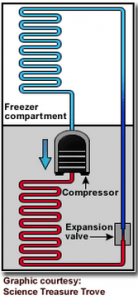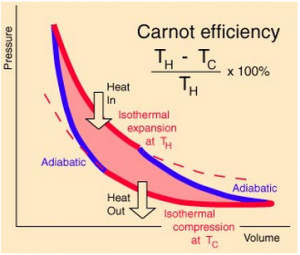At this stage of the project, we are analyzing the information we received from the client. We are now exploring different ideas to come up with the best solution for the clients needs. We are going to discuss our project with an expert in thermodynamics.
This is being completed by creating an agenda for the whole group, by splitting up the work between our members.
Agenda:
March 8
- Completed: Blog Post
- Completed: Drafts of each section
- Team meeting to compile sections and begin finalizing and proofreading the report
March 15
- Completed: Report
March 15-22
- Team meeting to complete poster
March 25
- Completed: Poster
Main Report Sections:
Purpose and Scope (Vivian)
Abstract (Josh)
Background of UBC Farm Centre (Josh)
Energy Use of Kitchen (Steven)
- Diagram of Energy Flow (Steven)
Heat Flow (Steph)
Heat Recovery Recommendations
- Fridge/Freezer (Steph)
- Dishwasher (Vivian)
Recovered Heat Implementation (Amit)
Case Studies (Steven)
Final Recommendations (Everyone)
Reflections (Everyone)
As part of our investigation into which appliances gave off the most heat, we visited a commercial kitchen located in the basement of the SUB on the UBC Campus. The walk- in freezers, walk-in coolers, dishwashers and dryers were found to give off sufficient heat to warrant heat recovery. We are planning on transferring the heat to the water system.



It looks like you are making significant progress. Let me know if you need the name of a thermodyamics expert.
Stepping back from the details of the project, can you identify the similarities and differences between this project and the CIVL 201 project? How does your project compare to other CBEL projects (check out: http://civl202-civil.sites.olt.ubc.ca/community-service-learning-projects/csl-project-blogs-2012/) How might the management of a large civil engineering project compare?
Regards,
SN